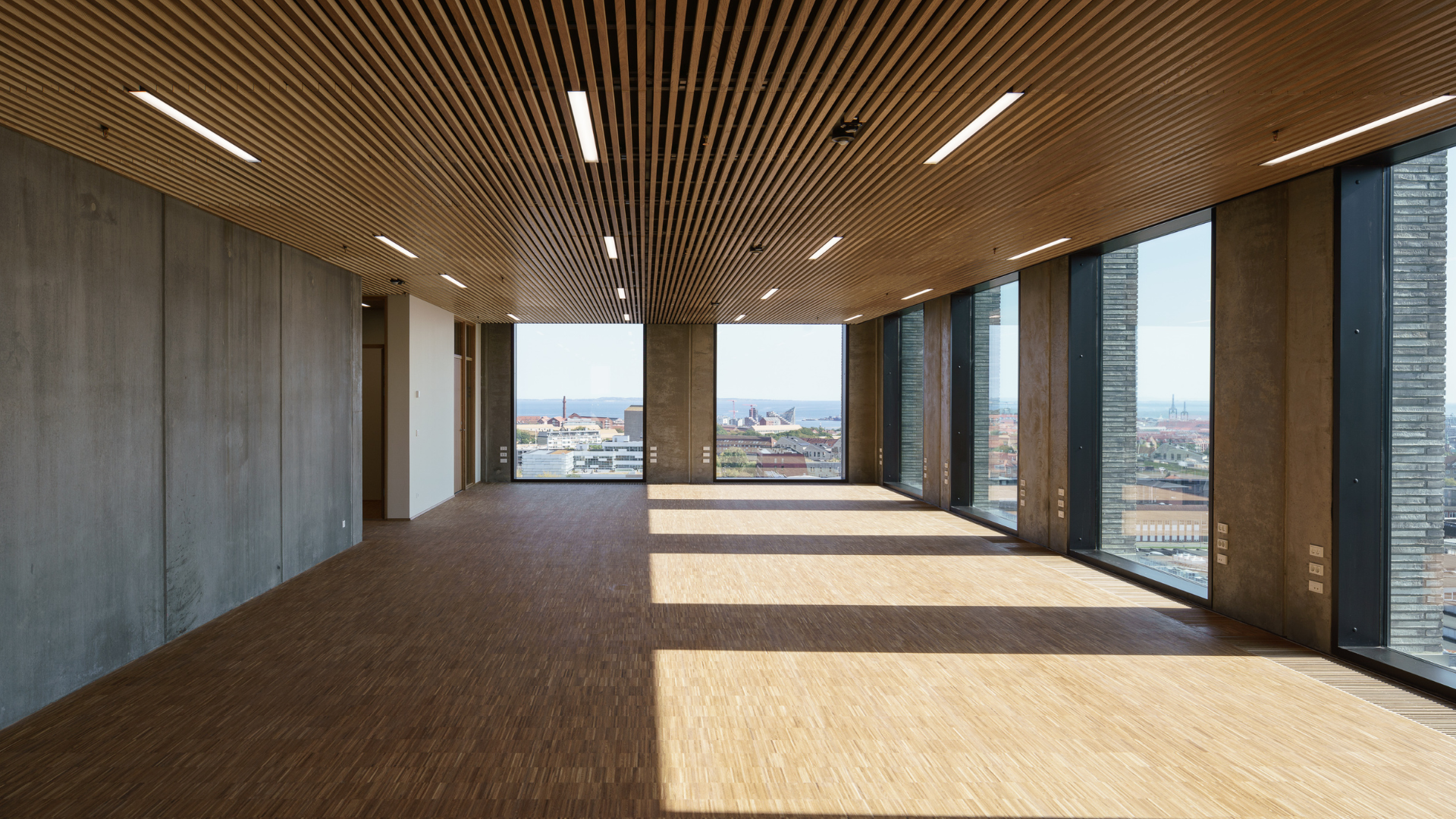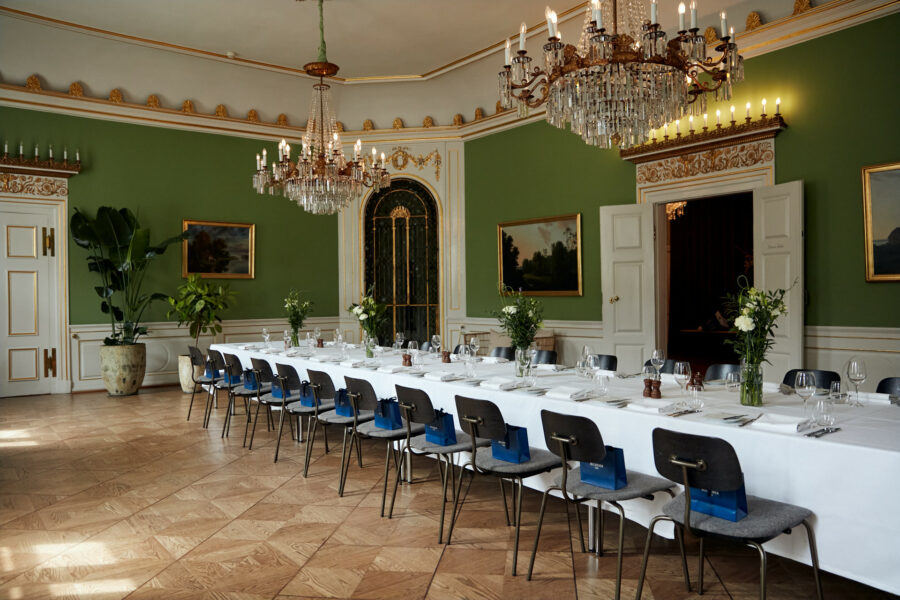17. April 2025

Josefine Alstrup
Over the past century, office architecture and design have undergone a dramatic transformation, reflecting changes in the way we work, collaborate, and interact.
100 Years of Headquarters – The Evolution of Office Architecture and Design
Over the past century, office architecture and design have undergone a dramatic transformation, reflecting changes in the way we work, collaborate, and interact. From rigid, hierarchical layouts to flexible, people-centred spaces, the evolution of the headquarters has mirrored broader societal shifts in work culture, technology, and sustainability.
The Early Days – Hierarchical and Functional
A hundred years ago, the office was a place of strict formality. Workspaces were designed for efficiency, with closed-off offices for management and rows of desks for clerical staff. Natural light was scarce, and interiors were dominated by heavy wooden furniture and dark colours. The focus was on order and control, with little attention given to employee comfort or collaboration.
The Open-Plan Revolution
By the mid-20th century, new ideas in office design began to emerge. Inspired by modernist principles, open-plan offices sought to break down hierarchical barriers and create a more dynamic work environment. This shift was accelerated by the rise of corporate culture in the 1960s and 70s, where large, multinational headquarters became status symbols of success. The introduction of modular office furniture and improved lighting made workspaces more adaptable, but noise and lack of privacy soon became challenges.
A Shift Towards Employee Well-Being
The 1990s and early 2000s saw a new emphasis on employee well-being and company culture. Offices began incorporating more natural materials, better lighting, and ergonomic furniture. The rise of technology allowed for more flexible work arrangements, reducing the need for dedicated desk spaces. Companies realised that a well-designed headquarters could enhance productivity, creativity, and job satisfaction.
The Modern Headquarters – A Hub for Collaboration and Identity
Today, office design is focused on flexibility, sustainability, and creating an inspiring atmosphere. Modern headquarters are designed not just as workplaces but as cultural and social hubs that reflect a company’s values. Many of these spaces incorporate biophilic design principles, using natural materials like wood to create a sense of warmth and well-being.
Hørning floors can be found in some of the most forward-thinking headquarters in Denmark, each showcasing a unique approach to modern office design:
- Incuba Next – A hub for innovation and entrepreneurship, featuring adaptable and inspiring interiors.
- Ferring – A high-tech, research-driven headquarters with a focus on sustainability and natural materials.
- Bestseller Headquarters – A blend of contemporary aesthetics and Scandinavian minimalism, designed to foster collaboration.
- Normal Headquarters – A dynamic and creative workspace that reflects the brand’s innovative spirit.
- Hybel Headquarters – A refined space that combines functionality with architectural elegance.
The Future of Office Design
As hybrid work models become the norm, future headquarters will continue to evolve. The emphasis will be on sustainability, multi-use spaces, and creating environments that balance productivity with well-being. Natural materials, like wood, will remain a key component in designing offices that feel inviting and enduring.
From traditional offices of the past to today’s innovative workspaces, the headquarters has always been a reflection of its time. At Hørning, we are proud to contribute to the next chapter in office design, ensuring that every space we help shape stands the test of time.
Photo by:
Morten Aagaard Krogh & Nigel Young / Foster + Partners
Explore more stories

Feel Your Floor
08. May 2025
In the world of hospitality, every detail contributes to the guest experience - from lighting and acoustics to materials and atmosphere. A floor is never just a floor.

Building For The Future
06. May 2025
As the architectural world leans increasingly toward sustainable design, building certification systems have become essential benchmarks in modern construction.

Historical Legacy
01. May 2025
In the heart of Copenhagen stands Moltkes Palæ, the grand 18th-century mansion with deep ties to the Danish monarchy.


